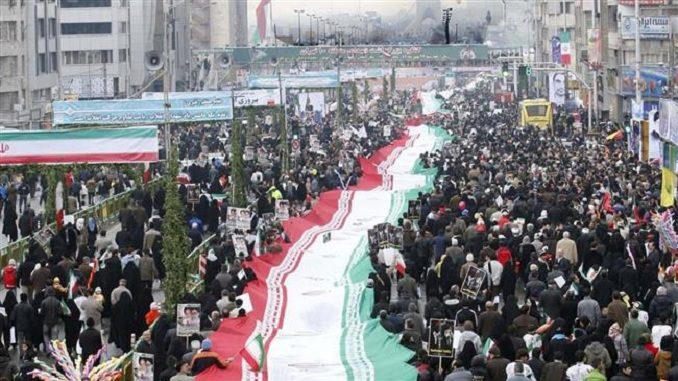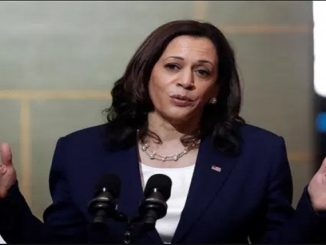
Iran’s economy could grow 4.4% next year if U.S. President-elect Joe Biden lifts sanctions that have contributed to a deep three-year recession, although the COVID-19 crisis could limit foreign investment, the Institute of International Finance (IIF) said, Reuters reported.
Biden’s victory in the Nov. 3 U.S. election has raised chances that the United States could rejoin a deal Iran reached with world powers in 2015, under which sanctions were lifted in return for curbs on Iran’s nuclear programme.
This is unlikely to happen overnight, however, and the prospects remain uncertain as the adversaries would both want additional commitments.
Iran’s rial currency has lost about 50% of its value against the U.S. dollar in 2020, reflecting economic damage from sanctions and the coronavirus pandemic, although it strengthened in late October in anticipation Biden would unseat U.S. President Donald Trump.
Iran has the highest COVID-19 death toll in the Middle East. Trump abandoned the nuclear deal in 2018, and Tehran responded by scaling down its compliance.
The IIF, a trade body for the global financial industry, said that if United States lifted most of the economic sanctions on Iran by the end of 2021, the economy could expand 4.4% next year after an expected 6.1% contraction in 2020.
It would then grow by 6.9% in 2022 and 6% in 2023, the IIF said, adding that if oil exports increase, Iran could see its foreign reserves rise to $109.4 billion by the end of 2023.
Tehran has spoken optimistically about the return of foreign companies under a new U.S. administration, but lack of financial transparency could still curb interest from firms who had made tentative moves to invest after the 2015 deal was struck.
Garbis Iradian, IIF’s chief economist for the MENA region, told Reuters foreign direct investment inflows would increase progressively from this year’s $890 million to over $6.4 billion in 2025.
Assuming most sanctions could be lifted by late next year, FDI is likely to remain below $2 billion in 2021, with most of the money coming from China, Iradian said, adding: “Moreover, the coronavirus pandemic will limit FDI inflows in 2021.”
The Iranian economy would remain fragile, though “not to the brink of collapse” if most of the sanctions remain in place, the IIF said.
Under such a “pessimistic” scenario, Iran would post 1.8% growth next year and its foreign reserves would steadily decrease from about $80 billion this year to $46.9 billion by the end of 2023.




Be the first to comment